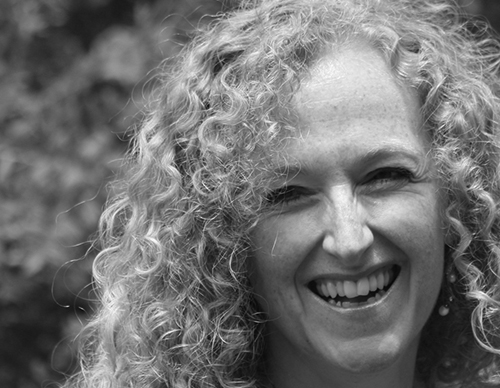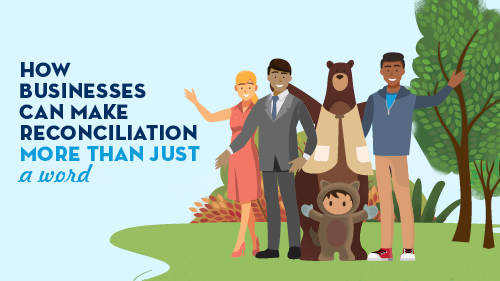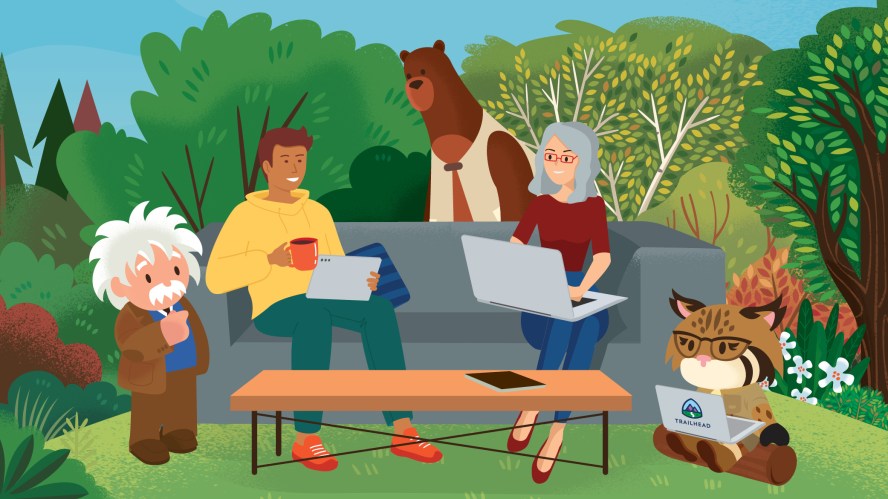The Data of Emotion



There is a rich science around the physiology of emotions, just like there is a rich science behind analysing and using data.

Sue Langley
If we think about our emotions as data, they become a lot easier to manage. Our mental wellbeing relies on our ability to understand the trigger, listen to the data, and acknowledge our emotions without judgement.
COVID-19 has added another dimension of pressure, emotionally, mentally, and physically. The stakes are suddenly much higher. People have become afraid to acknowledge and talk about their struggles for fear of compromising their jobs, which of course, could lead to financial strain. In turn, adding even more stress.
While businesses were interested in employee wellbeing before COVID-19, for many, it became a ‘tick box exercise’. Some yoga once a week, offering mental health days and marking ‘R U OK? Day’. Yes, these are useful, yet they don’t analyse the science behind emotions. The tick box exercises oversimplify what is really happening.
Reading the data
There is a rich science around the physiology of emotions, just like there is a rich science behind analysing and using data. Emotional regulation is about managing your emotions and being psychologically flexible.
The first thing I always say when it comes to emotional intelligence is prioritising the need to recognise the emotion. Understand the cues your body is telling you. Nine times out of 10, we ignore these messages.
We don’t pay attention to the fact that we’ve been sitting at a desk all day with our shoulders tense and our jaw clenched. We don’t pay attention to the churning stomach.
Yes, maybe you ate something dodgy. But, on the flip side, those feelings may actually be a sign that you’re feeling anxious, disgusted or fearful.
The first tip is to pay attention to the data, analyse it, and then figure out what to do with it. Importantly though, you have to acknowledge how you’re feeling without judgement.
I have a phrase. ‘Oh, look, I’m having some data. How interesting’. By adding ‘how interesting’, there is no judgement. You are overriding the voice in the back of your head saying ‘I shouldn’t be feeling anxious’ or ‘I should be over this by now’.
The second thing I recommend is to identify the trigger and again, there is a science behind this.
There are physical effects tied to our emotions. For example, when it comes to anger, often our fists or jaw start to clench, our chest feels tight and our hearts start to race. For many people, anger is a reaction to feeling blocked, or something or someone getting in your way.
And there has been nothing that blocks us more than being in lockdown. Parts of Australia, and the rest of the world, have experienced full or partial lockdowns throughout the year.
During that time, we couldn’t go to the gym or grab a coffee. We couldn’t see our families. Lockdown was getting in the way of something we value, which made us frustrated and angry. The potential of going back into lockdown can trigger those heightened emotions again.
So here’s how to manage it: understand the trigger, listen to the data, and acknowledge the emotion.
Learn how to handle the block

One of our basic psychological needs is autonomy. At the moment, a lot of people are having trouble with the fact that their autonomy has been taken away. We can’t control COVID-19.
We couldn’t control it emerging and we could only influence it’s spread through our behaviour. We were forced into lockdowns. The stress was compounded because there was so much we couldn’t do.
Yet, if we change our thinking, there are actually a lot of things we can control. For people who have family overseas or interstate, it’s very tough because we can’t see each other physically.
Yet we do have control over how we connect with each other. For example, my parents, my sister and I live in different states, yet we’ve had more fun being innovative with our connections and spending more quality time together than we did when I visited a couple of times a year.
Another example is professionals working with their kids at home. By finding something that will keep children engaged, taking breaks to be with them, setting boundaries to teach the children that work is important, you’re taking control over that part of your life. You’re taking your autonomy back.
Be comfortable with the uncomfortable
As leaders, there will be times when you or an employee has to deal with emotions as data. What’s important is understanding how to handle it.
Don’t try to fix it. Don’t say that you understand how your colleague is feeling because you don’t. Immediately jumping in with a solution is not acknowledging the emotion. Rather, acknowledge that you have heard them and validate the emotion. Use phrases such as: ‘Tell me what you’re feeling?’ and ‘Who can talk to about this?’.
And sometimes, it may be a matter of simply sitting with another person. Get comfortable with uncomfortable emotions. You can sit with anxiety. You can sit with sadness. In fact, it often helps in the long run.
At the end of the day, mental health is not about putting a net under you for when you fall. Mental health and understanding the data of emotions is about sorting out your toolkit before you fall. Then, if you do fall, you have the tools to listen to your emotions, acknowledge them and, when you’re ready, pick yourself right back up.
Learn how to set boundaries and prioritise what matters with The Leader’s Guide to Work-Life Integration, produced in partnership with Thrive Global.
For more information on wellness, read our previous article with Dr Justine Gatt on prioritising your mental wellbeing.



















